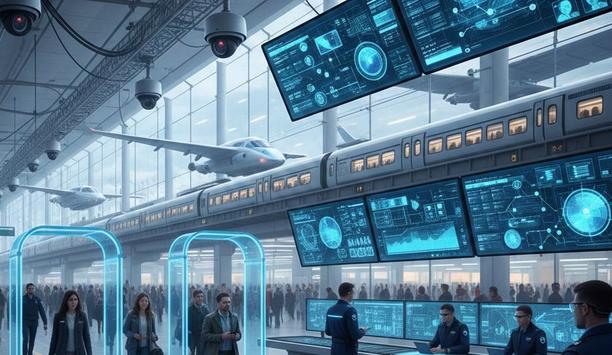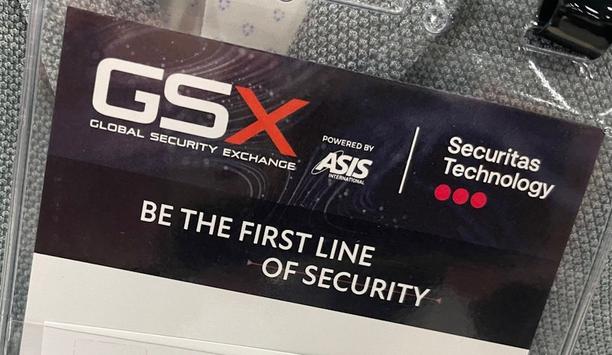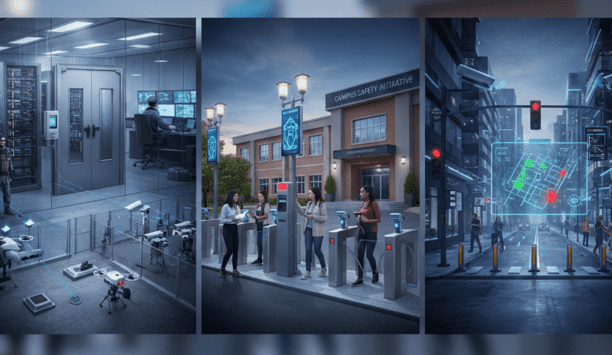According to a recent MarketsandMarkets report, video surveillance storage solutions and services are experiencing a rapid adoption in the industry, estimated to grow 16.3 percent each year until 2018, eventually reaching a market size of $10.41 billion. In addition to the specific image content of surveillance cameras, there are also huge amounts of data surrounding it – everything from the location to the time of day, the duration of the video, and more. And the amount of data in the image itself is getting larger, as high-definition resolution is becoming more and more common.
Almost half of all the Big Data in the world is generated through video surveillance. There are huge amounts of data in the image content of surveillance cameras. The surveillance storage market is evolving, with an exciting growth of opportunities for the industry.
Suppliers of video storage systems are expanding their offerings to meet more sophisticated requirements and a growing demand. Here is a sampling.
BCDVideo enterprise storage solutions
BCDVideo provides enterprise storage to the video surveillance industry, offering products designed around three architectures for storing video:
- Distributed technology records the video either within the server or to a direct attached storage (DAS) device, preferably over an end-to-end 6G SAS backplane to maximise performance.
Distributed technology records the video either within the server or to a direct attached storage (DAS) device
- Centralised storage records the video to a centralised storage array over the network.
- Hybrid storage is a configuration in which the video stays on premises for 60 to 90 days in a distributed technology environment, and then moves to either a Cloud or Near Line Storage device for long-term archival.
BCDVideo designs solutions around each customer’s project needs and using an architecture that is the proper fit and most cost-effective solution for the project. Each architecture has its benefits and also limitations; therefore, proper assessment of the customers’ needs is essential to a successful project.
Veracity COLDSTORE
Veracity developed COLDSTORE for video data recorded by surveillance systems. It stores data in a sequential manner, and using technologies specifically designed to eliminate disk drive failures. COLDSTORE can also take advantage of commercial-grade hard drives and provides a greater level of data security than a RAID-based storage system.
The latest-generation COLDSTORE products feature extremely low power consumption, under 70 watts per 3U chassis. Ability to use the largest commercially available hard drives (currently 8 terabytes) provides 120 terabytes in a 3U chassis. Increased throughput totals approximately 450 Mb/s. There are never any rebuilds of any kind. Per-terabyte price points are from 30 to 70 percent less than comparable RAID storage systems, according to Veracity.
Seagate Technology portfolio of drives
Seagate Technology offers a portfolio of drives designed specifically for surveillance video and HD video analytics. They are designed to improve surveillance system reliability and drive lifespan, reduce security system costs and support video analytics.
Last September, Seagate launched a dedicated surveillance hard disk drive featuring Seagate Rescue services. Engineered for surveillance and video analytics applications, the Seagate Surveillance HDD employs data recovery services designed to restore lost data due to malice or accidental failure. “With over 50 percent of our users having experienced data loss, we see this as a necessary offering to the industry,” says Henk Van Den Berg, European sales director at Seagate Technology.
“With over 50 percent of our users having experienced data loss, we see this as a necessary offering to the industry” |
Seagate’s seventh-generation Surveillance HDD is also designed to ensure cost-effective and reliable performance. This includes “idle 3” support to reduce power consumption when the drive is monitoring an idle scene, useful for a scene where nothing might happen for the majority of the time. When movement is detected, cameras will send a signal to the HDD to immediately upscale performance, working fast to record data. Using less power reduces costs, while losing nothing in terms of value or service.
Another Seagate addition is an RV sensor, which prevents rotational vibration (RV) generating heat and movement from the stacked drives, thus prolonging the life of the drive and ensuring reliable performance.
DataDirects Network storage solutions
DDN (DataDirects Network) Storage solutions deliver high performance, even during outage and drive rebuild conditions, and can scale to support hundreds to thousands of cameras.
DDN’s SFA7700 starts under 100 terabytes and scales to petabytes with up to 12Gb/s throughput, making it suitable for mid-range video surveillance projects. It expands on demand, and is capable of handling VMS instances with hundreds to thousands of HD quality camera streams. It delivers enterprise-level video storage performance and reliability at mid-range pricing, according to DDN.
DDN’s SFA7700 starts under 100 terabytes and scales to petabytes with up to 12Gb/s throughput, making it suitable for mid-range video surveillance projects |
DDN’s high-end storage array, the SFA12KX, delivers performance, scalability and reliability. On-demand expansion starts at hundreds of terabytes and non-disruptively scales to tens of petabytes whenever needed. SFA12KX is well suited for very large video surveillance projects requiring dozens of VMS instances and thousands of cameras, especially organisations demanding maximum returns from their high-performance, large-scale video storage solution.
DDN platforms deliver high performance, even during outage and rebuild conditions. Traditional storage systems lose performance during drive rebuilds, data integrity checks and error events, further diminishing system reliability and overall performance. The SFA architecture includes advanced features like DirectProtect Real-Time Error Detection and Correction, automatic reboots of non-responsive drives, ReACT Intelligent Cache Management to ensure mixed I/O workloads perform, and intelligent journaling for partial drive rebuilds. The result is up to 80 percent fewer rebuilds and faster rebuilds when they do occur – protecting both system availability and performance.
Discover how AI, biometrics, and analytics are transforming casino security














































